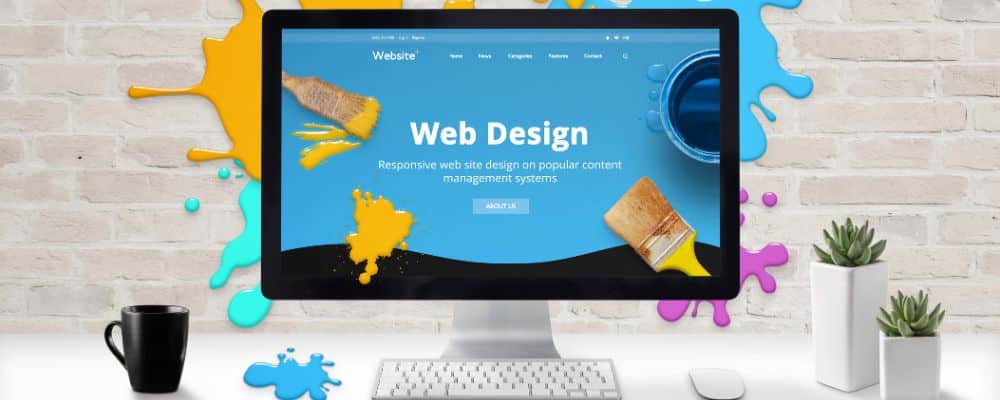Web design – Looking to the Future
One of the most obvious lessons to be learned from the history of the web is that it is constantly changing and evolving. With that in mind, it can be important to ensure that flexibility is maintained in the development of an internet presence.
Unfortunately, predicting the things that will come next is very difficult. While it can be easy to draw general trends, such as an increase in the number of tools available, and an increase in the amount of complexity which can be supported, specific ideas about what the future of the internet will hold are typically just idle speculation. With that said though, there are a few things that we can be sure of.
One of the reasons why websites which are no longer supported can be easily identified is that they not only use vastly different styles than modern websites, but their format is clumsy, and poorly optimized for modern browsers. One of the largest challenges that web designers face is ensuring that their designs and systems will function in all of the popular browsers used by consumers. The huge variation in the number of different types of devices used to access the internet, as well as the number of browsers available for use means that there will be a huge range of different programs and displays which will all need to work well with your website. And unfortunately, the devices and programs are constantly changing. Something designed today might be nearly unusable in a decade. So how do you avoid this problem?
First, we have to accept that web design is something that any serious company will have to continue to invest in as time goes on. The more the internet changes, the more it will be necessary to reimagine and redesign the companies web presence. A website should not be thought of as a one time purchase, but as a constant work in progress which will evolve with your company and the internet.
Second, you should be wary of using any design elements which are becoming less popular, or are supported only in a few browsers. While there is the possibility that it will surge in popularity in the future, ensuring you are using the most popular and ubiquitous elements will help to ensure that you do not end up obsolete sooner than expected.
The main point here is that the internet is constantly changing, and new technologies and protocols are constantly replacing the old. If you want to remain relevant, you will need to understand and plan for the changes which are coming.




